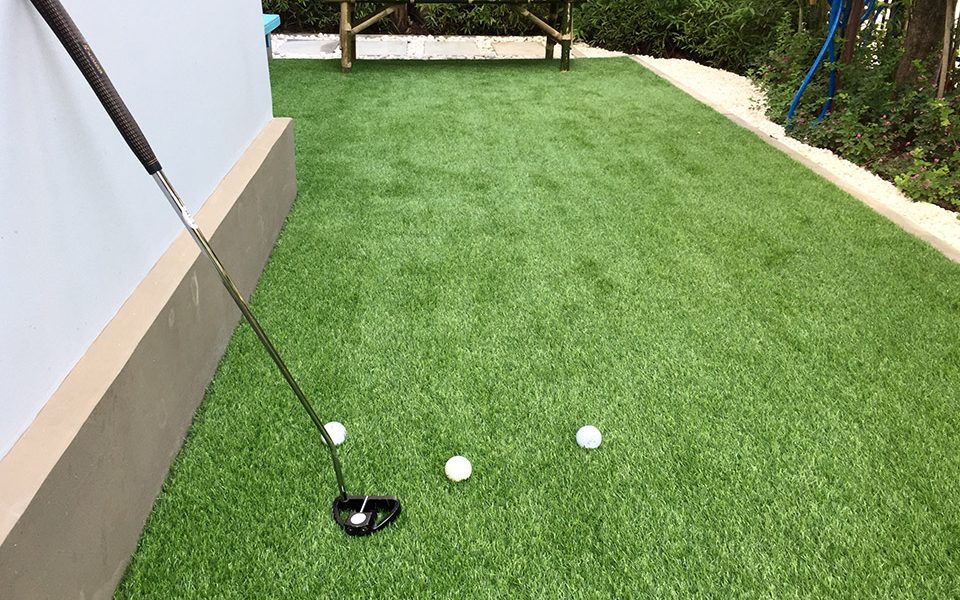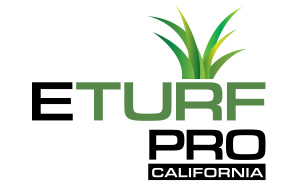What Is Artificial Turf Infill, and Do I Need It?
Natural grass is strong and grows upright, especially when well cared for. Regardless of the activities on top of your natural grass lawn, you can always expect it to return to its normal upright position. This is part of its natural growth process.
On the other hand, artificial turf does not follow this growth process. Yet, it needs to remain in a natural upright position to blend into its surroundings and look aesthetically pleasing. This is where infill comes in.
Infill is a granular material that sits on top of artificial turf to keep every blade upright and separate. It keeps the artificial turf looking its best over a long period. Fortunately, there are different infill materials to choose from, with their advantages and disadvantages depending on the needs of your artificial turf and application.
Here is everything you need to know about different artificial turf infill materials and their purpose.
Benefits of Using Artificial Turf Infill
Most people assume that artificial turf installation concludes when the turf is rolled down and set in place.
However, this is not always the case. When installing artificial turf on your lawn, you can go the extra step and add infill. It is worth noting that this step is not mandatory, and you can complete your artificial turf installation process without adding infill. Opting out of infill means that you complete the installation process faster and save some money.
Applying artificial turf infill is the last step in the installation process. You may notice that your artificial lawn already looks good and wonder why you need infill in the first place.
So, is artificial turf infill worth the extra money, time, and effort? The following are the benefits of applying infill in your synthetic turf.
It keeps artificial turf blades upright and steady
The synthetic turf fibers are flat when they come from the manufacturer. Due to the ongoing foot traffic and other activities, you can expect your artificial turf to wear out and flatten over time. Without adding infill, your synthetic turf blades will break and fray faster than expected.
Applying infill during the artificial turf installation will help these blades stay steady and upright like natural grass. This makes your artificial turf look naturally perkier and more appealing, like a natural lawn.
It protects the backing of your artificial turf
One of the biggest benefits of applying infill is that it will help protect your investment and save you a lot of money. Manufacturers make artificial turfs by sewing plastic yarns together. After installation, the fabric receives total exposure to sunshine.
Regardless of how dense your artificial turf is, prolonged exposure to UV rays will degrade the backing and cause it to wear out faster. Remember, the backing of your synthetic turf holds the fibers together. It explains why manufacturers invest a lot of money to create the strongest backing.
By adding a layer of infill, you are ensuring that these efforts are not in vain. Since the infill sits at the top of your artificial turf, it will receive most of the UV rays while protecting the backing. This will prolong your artificial turf’s lifespan and maintain its appeal over a long period.
It encourages drainage
The primary reason why infill is granular is to make it porous enough to allow water and air to run through it easily. This is important since you do not want your artificial turf to be covered in puddles when it rains.
Artificial turf with infill is more concentrated than bare turf. The infill will absorb water when it rains and ensure that your synthetic turf does not turn into a swamp. This helps enhance the overall drainage of the artificial turf.
It weighs down the installation
One of the biggest challenges homeowners face after installing artificial turf is keeping it firmly in place.
Artificial turfs are similar to huge carpets, which can wrinkle and shift after some time. Wrinkles indicate that your lawn is synthetic, which is the last thing you want to see. On a sunny day, your artificial turf will become warm and loosen up. On the other hand, your artificial lawn will shrink during the cold season.
These disparities will cause wrinkles and make your artificial lawn unappealing without adding infill. Alternatively, applying infill to your synthetic turf after installation will keep everything in place. An artificial turf that does not wrinkle or shift will look more appealing and natural.
It reduces bacteria and odors
Some of the infills in the market today come with antimicrobial and deodorizing capabilities. It means that they can eliminate waste smells and keep your artificial turf cool at all times. This is particularly useful, especially for homeowners with pets and kids.
Common Types of Infill Materials
There are various types of materials used as infill for both residential and industrial purposes. Even though these infill materials offer the same benefits, some perform better than others. The following are the most common types of infill materials used in artificial turf installations:
Silica sand
This infill is the least expensive type and is derived from naturally-broken quartz. This infill is ideal for back and front yards free from pets.
Crumb rubber
This infill comes from recycled tires, crushed into tiny granules. Crumb rubber infill adds generous cushioning and a unique bounce to the artificial turf.
As a result, this infill is common in sports pitches and other high-traffic areas. The people opposed to crumb rubber as infill argue that it emits dangerous toxins to the environment and causes the artificial lawn to overheat.
Zeolite
This infill forms when volcanic rocks and ash are washed by groundwater. Zeolite is non-toxic and very common among pet owners. This is because zeolite’s ionic composition enables it to extract ammonia from urine and flush it when it rains.
This infill is highly porous, which will keep your artificial turf cooler over a long period, even with direct sunlight exposure.
When choosing the appropriate infill for your artificial turf, consider:
- How do you intend to use the artificial turf once installed?
- The weather around your home
- Whether or not you have pets and kids
Wrapping Up
Infill is important in artificial turf installation as it enhances your lawn’s integrity, aesthetic appeal, and lifespan. When applying synthetic turf infill, ensure that you consult a professional installer to guide you throughout the process.


